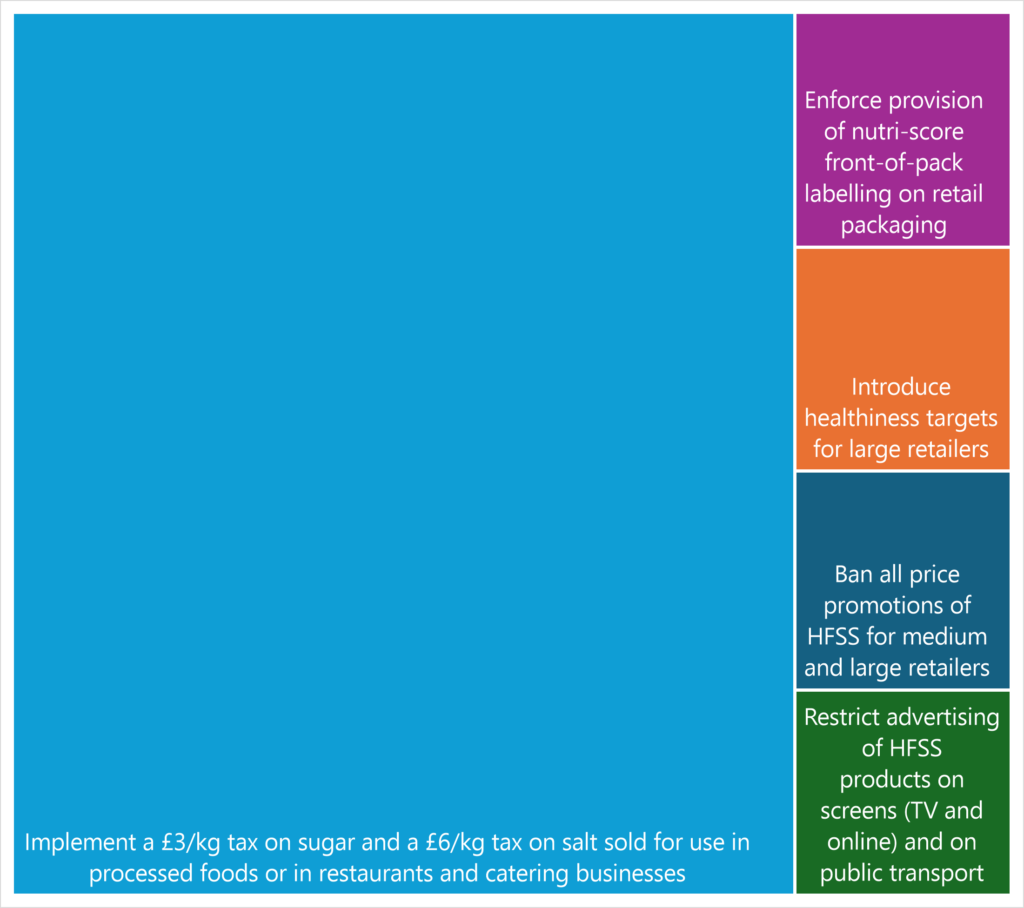November 14th marks World Diabetes Day, a powerful opportunity to raise awareness of diabetes as a major global health issue. This year’s theme, “Breaking Barriers, Bridging Gaps”, calls for action to reduce diabetes risk factors and ensure equitable access to quality treatment worldwide [1].
The global diabetes crisis: A growing challenge
Diabetes currently impacts over 530 million individuals across the globe [2] and it has been estimated that this may rise to 700 million by 2045 if current trends continue [3].
According to the International Diabetes Federation, obesity in some countries accounts for 80-90% of the risk of developing type 2 diabetes [4] – which represents over 95% of diabetes cases [5] – as it contributes to the development of insulin resistance, which is a core factor in the onset of this type of diabetes. This underscores the importance of a taking a holistic approach to diabetes prevention that involves recognising obesity as a key driver of the disease.
Tackling type 2 diabetes with policy changes: What works?
HealthLumen’s recent research, commissioned by Nesta for their Blueprint on halving the prevalence of obesity in the UK by 2030, highlights a series of promising cost-saving policies that could significantly reduce the number of type 2 diabetes cases in the UK over 5 years. The projected number of cases of type 2 diabetes avoided by the implementation of each of these cost-saving policies is shown in Table 1.
| Policy | Reduction in type 2 diabetes cases |
| Ban all price promotions of high fat, salt or sugar (HFSS) foods and drinks for medium and large retailers | 119,288 (±2,790) |
| Introduce healthiness targets for large retailers | 107,009 (±2,795) |
| Restrict advertising of HFSS products on screens (TV and online) and on public transport | 64,221 (±2,815) |
| Implement a £3/kg tax on sugar and a £6/kg tax on salt sold for use in processed foods or in restaurants and catering businesses | 48,356 (±2,822) |
| Enforce provision of nutri-score front-of-pack labelling on retail packaging | 29,243 (±2,831) |
Table 1: The number of cases of type 2 diabetes avoided in the UK after implementation of a cost-saving obesity policy, when modelled over a 5-year period.
Figure 1 shows the relative cost-saving potential of each of these obesity policies projected to have a large impact on the incidence of type 2 diabetes.

Figure 1: Relative cost-saving potential of obesity policies projected to have a large impact on reducing type 2 diabetes cases over the 5-year period modelled.
Results indicated that a policy banning all price promotions of HFSS foods and drinks for medium and large retailers would be expected to prevent thousands of new diabetes cases, while the implementation of a sugar and salt tax for processed foods or for foods used in restaurants and catering businesses was projected to yield the largest cost-savings for the UK government.
Beyond diabetes
These policies were also found to impact other conditions modelled in the study, including coronary heart disease, hypertension, and stroke, as well as several cancers including liver and ovarian cancer, again highlighting the importance of working across disease areas to tackle global health concerns. It should also be noted that these policies are not solely limited to the UK – they could be adapted and applied to any health system.
Find out more
Nesta will be discussing their Blueprint tool and some of the findings from HealthLumen’s research in more detail in their webinar, Raising the bar for evidence-based policy: A blueprint for halving obesity, on 3 December 2024 at 12.00 GMT. You can register for the event here.
Further details on Nesta’s Blueprint for halving the prevalence of obesity in the UK by 2030 can be found here.
References: